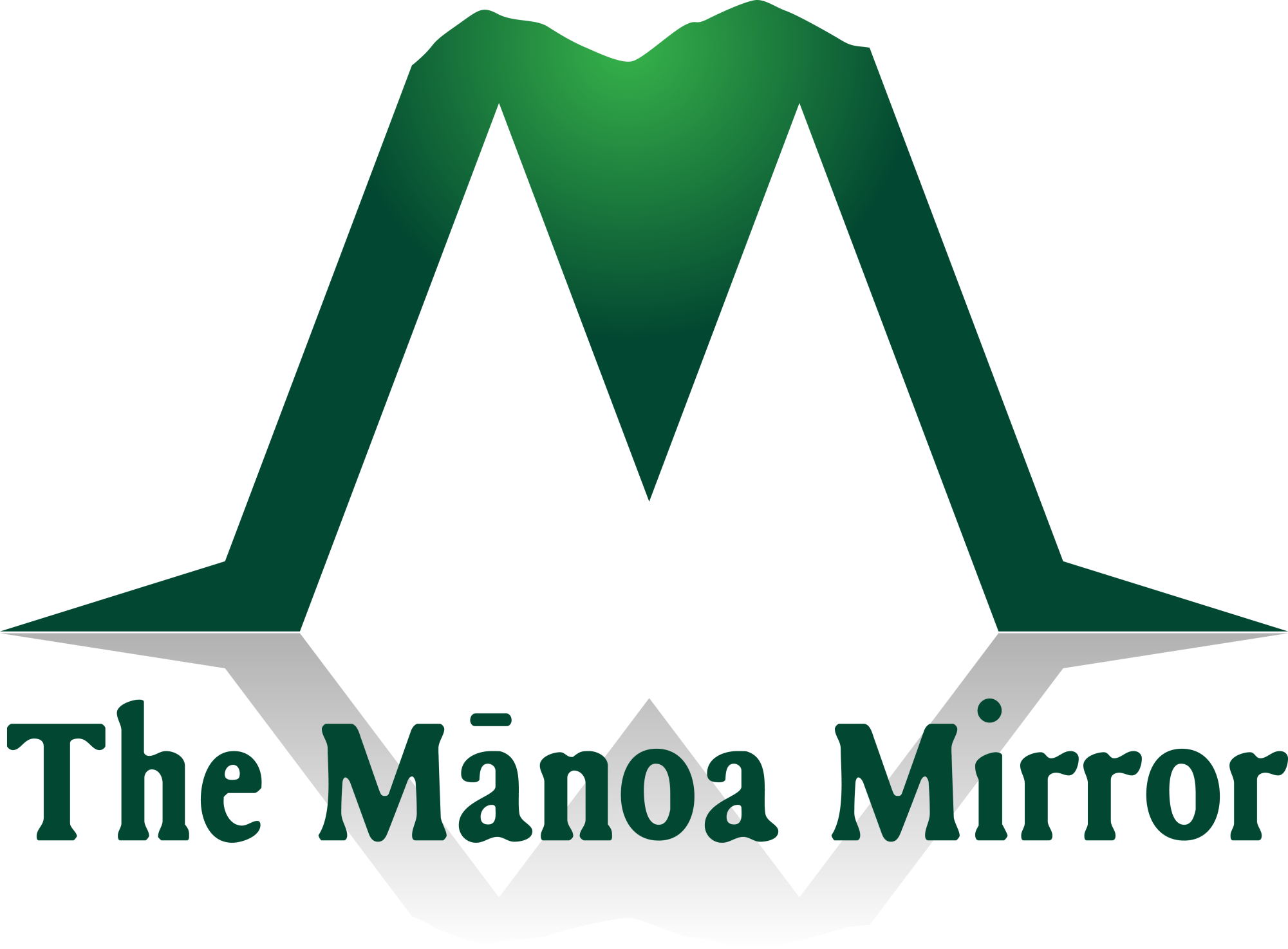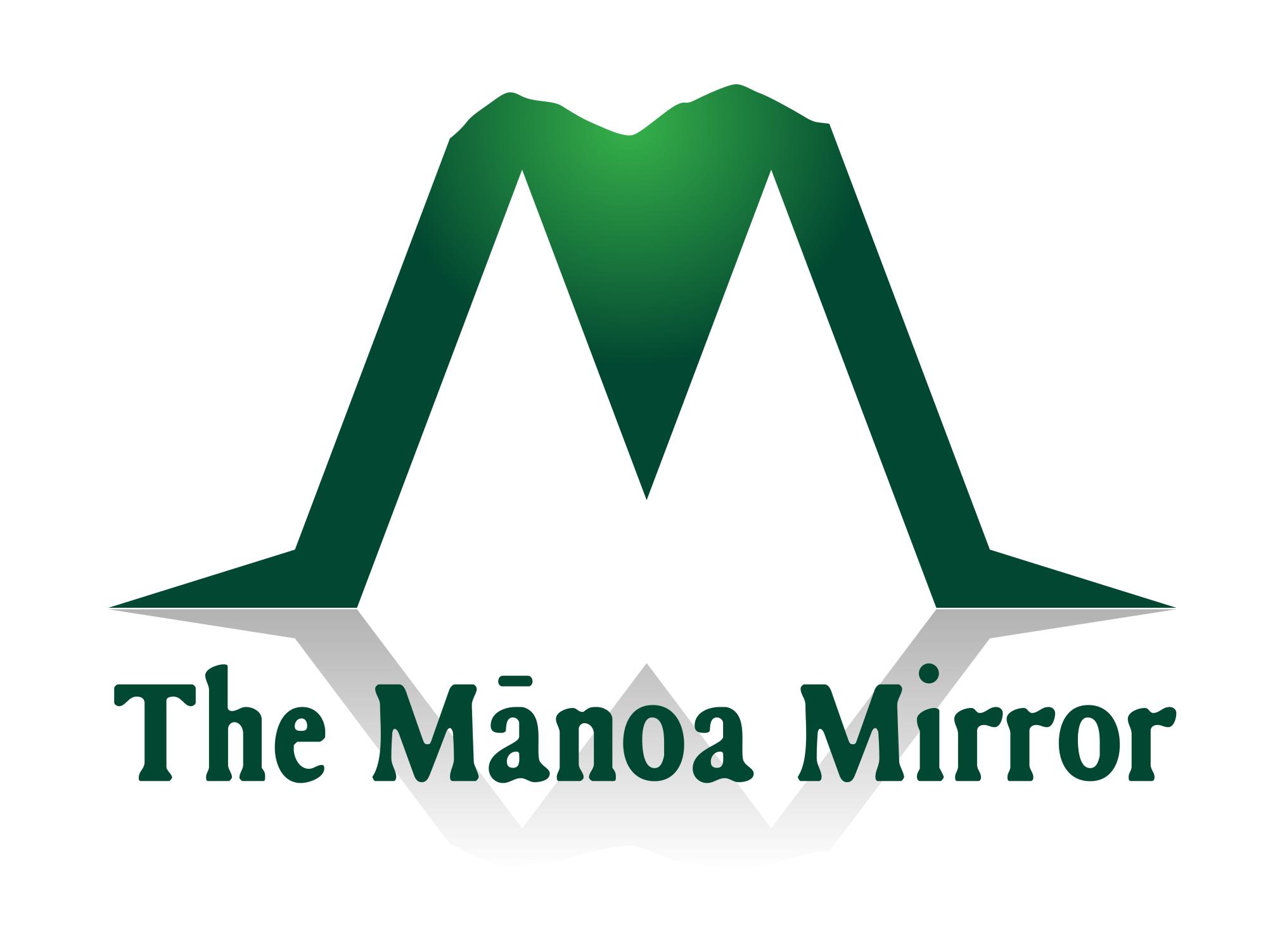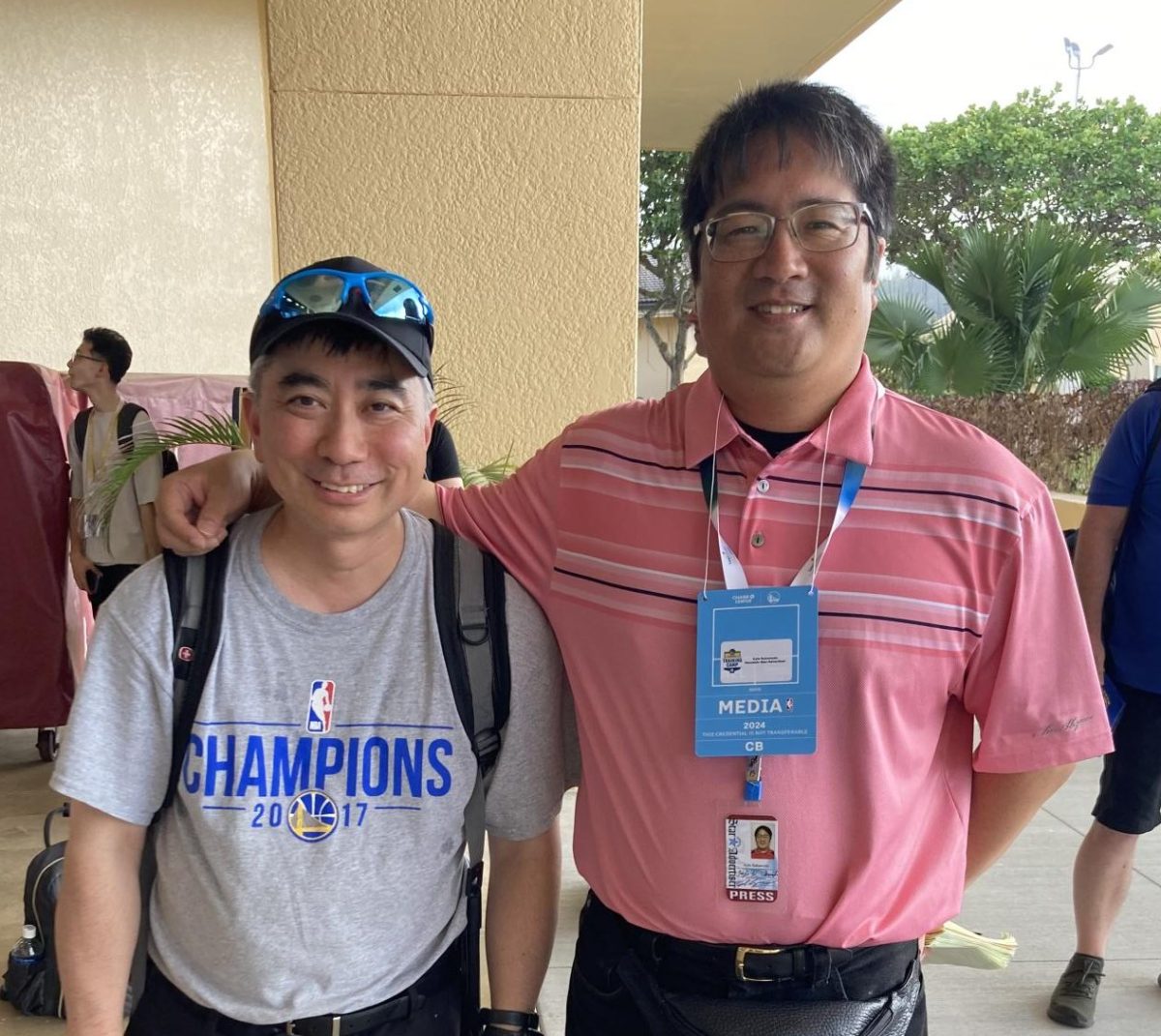The ballroom at the University of Hawai‘i at Mānoa Campus Center filled not with applause, but with hands waving in the air as four panelists shared their insights from Hawai‘i’s Deaf community on Saturday, October 11.
Hosted by the Mānoa Interdepartmental Language Symposium (MILS), the panel discussion titled “Education for the Deaf in Hawai‘i” shed light on the limited educational resources and linguistic isolation with regard to accessibility for deaf students.
Panelists stressed that Deaf education in Hawai‘i still faces serious barriers such as a lack of trained interpreters, limited resources, and low enrollment at the Hawai‘i School for the Deaf and Blind.
Jonathan Reynolds, American Sign Language lecturer at UH Mānoa, outlined the challenges facing Hawai‘i’s Deaf students, including the frequent turnover of educators who come from the mainland for only around a year, due to the high cost of living and low pay.
“At the deaf school, it is challenging for them to get teachers that stay,” he said. “We need students to go there and have teachers that use their language…people that are already in the community, and that will stay.”
Reynolds stressed the importance of the Hawai‘i School for the Deaf and Blind, warning that if the school were to close, the entire local Deaf community could be at risk.
Panelist Zoh Qureshi, professor of American Sign Language at UH Mānoa, emphasized Reynolds’ concerns and highlighted other challenges.
“I am noticing a problem with the lack of interpreters. This is a big problem,” Qureshi said.
He also pointed to declining enrollment at the Hawai’i School for the Deaf and Blind, “The deaf school is losing students, the numbers are going down.”
For the 2024-2025 school year, a total of 54 students were enrolled at the Hawai’i School for the Deaf and Blind, one of the smallest public schools in Hawai’i.
Qureshi added that language empowerment in the state remains weak and called for a formal program to train interpreters, saying, “Interpreters need a program. In fact, this is a 100% essential need in this state.”
Pīkake Young, a teacher at the Hawai‘i School for the Deaf and Blind, described the daily challenges faced by Deaf students, particularly those from hearing families.
“Most of the time these children come to us and they feel isolated. They don’t have communication access at home…they are deprived of language and their natural language,” she said.
Young emphasized the need for role models who can support students’ growth and development, “We need more role models for these kids to look up to, to help raise them up.”
She added that part of her work is helping students develop their identity as individuals, ensuring they can navigate both Deaf culture and the broader Hawaiian community.
Leniker Thomas, a graduate student in linguistics and the only Deaf scholar currently supported by the East-West Center, highlighted the need for leadership and growth of the program across the Pacific Islands, stating that expanding educational support could help the Hawai’i School for the Deaf and Blind thrive toward a more inclusive future for the community.
Panelists also shared the steps they are taking to address the challenges. Reynolds explained that they have been reviewing programs across the country to identify best practices for establishing an interpreter training program in Hawai’i.
“The future of the school is very important, so we are working closely with people in California… How do we establish and start an interpretation program?” he said.
Reynolds added that their connection aims to create a bridge between elementary and high school education at the school for the deaf and higher education.
He highlighted the importance of continued engagement from both students and the wider community.
“I wish students would keep going in their sign language adventure, and not stop taking classes,” he said. “We need to have hearing people who will work with us…we can’t do it without hearing individuals; it’s impossible, we would not be successful in any way.”
Reynolds encouraged students and community to build connections across the Deaf and hearing communities.


